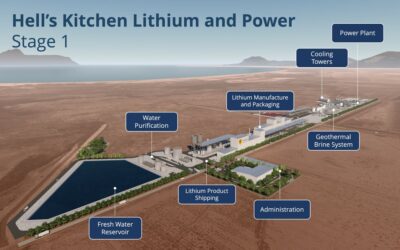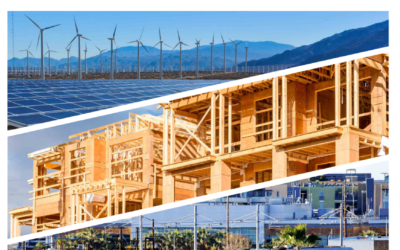An affordable housing crisis has long afflicted the Coachella Valley. Even before the pandemic devastated our local economy, more than a third of renters spent more than half their income keeping a roof over their heads.
Units in the western Coachella Valley can be cost prohibitive, meaning the rent is out of reach of working families. On the eastern side, the lack of adequate water and sewage infrastructure limits development or forces families to live in mobile home parks that too often have inhumane conditions.
Now, many families who depended on our thriving tourism economy are without work. People of color and families with children have been hit the hardest: rental assistance applicants disproportionately identify as Hispanic/Latino, female heads of household, or parents of children under 5 years old.
Top down approaches cannot always provide the results our regions require. While California has taken steps to meet urgent housing needs, more direct actions are needed.
How do we leverage our resources to expedite housing development and transform our Coachella Valley to a place where all our neighbors cannot only afford to live, but thrive?
The solution is … together.
Convened by Lift to Rise and in partnership with Riverside County’s Housing Authority and all nine Coachella Valley cities, a group of 50-plus stakeholders united to do just that. Together, this Housing Stability Collaborative Action Network has put forward a bold vision of producing 10,000 affordable housing units over the next 10 years.
To achieve this goal, this network convened the Coachella Valley Housing Catalyst Initiative, a bold policy agenda that envisions a new way of making affordable housing projects happen beyond the piecemeal and cumbersome processes that have yet to yield inclusive, equitable development.
In March 2020, we identified 44 stalled affordable housing projects in the region. We identified what it would take to move them – access to flexible, low cost capital. Our vision is to create a $100 million Coachella Valley Housing Catalyst Fund to jumpstart projects in this pipeline that otherwise would remain stagnant, initially kick starting 2,000 housing units.
Without this coordinated and assertive intervention, more than $800 million in housing investment is stalled in the valley.
But we can’t do it alone.
To get this effort off the ground, we have submitted a request for state funds from the 2021 budget to Gov. Gavin Newsom and our fellow legislators. Then we can multiply the state’s dollars by three times by leveraging capital from private investors. These funds will create a cushion to absorb capital risk, thus attracting investment to the region. If successful, this model can be duplicated state and nationwide, making it feasible for development to occur in areas otherwise deemed too risky.
We endorse and support Newsom’s extension of the eviction moratorium and commitment to short-term rental assistance, which is vital to keeping people housed as we weather the pandemic. And Riverside County was instrumental in helping residents in the short-term via the United Lift rental assistance program. But we also must forge long-term solutions.
We know the dynamics of housing supply do not stop and start at each municipal line. This Coachella Valley Housing Catalyst Fund will allow us to meet diverse regional challenges together. This fund will grant us the flexibility to address homelessness in Palm Springs, fill gap funding for affordable housing projects in Indio, stimulate development in Desert Hot Springs, as well as alleviate the most severe housing disparities in our Eastern Coachella Valley mobile home communities, including those on tribal jurisdictions.
We will have the opportunity to relocate families in unlivable conditions, support veteran housing efforts and supplement the Coachella Valley Water District’s efforts to connect underserved rural areas to water infrastructure.
If we are in the same regional boat, then we need to row together. Together with state leaders. Together with civic and community partners. Together with the many local residents who are lending their voice to this effort. Together.
Assemblymember Eduardo Garcia, a Democrat from Coachella, represents the 56th Assembly District. Contact: [email protected].
Assemblymember Chad Mayes, an independent from Yucca Valley, represents the 42nd Assembly District. Contact: [email protected].



